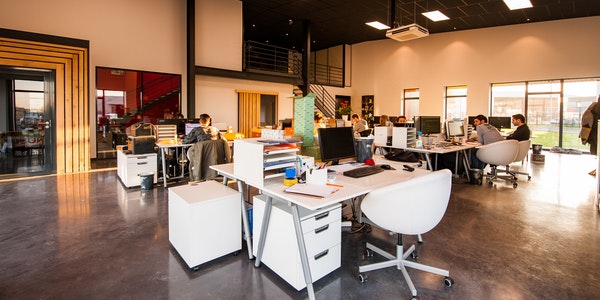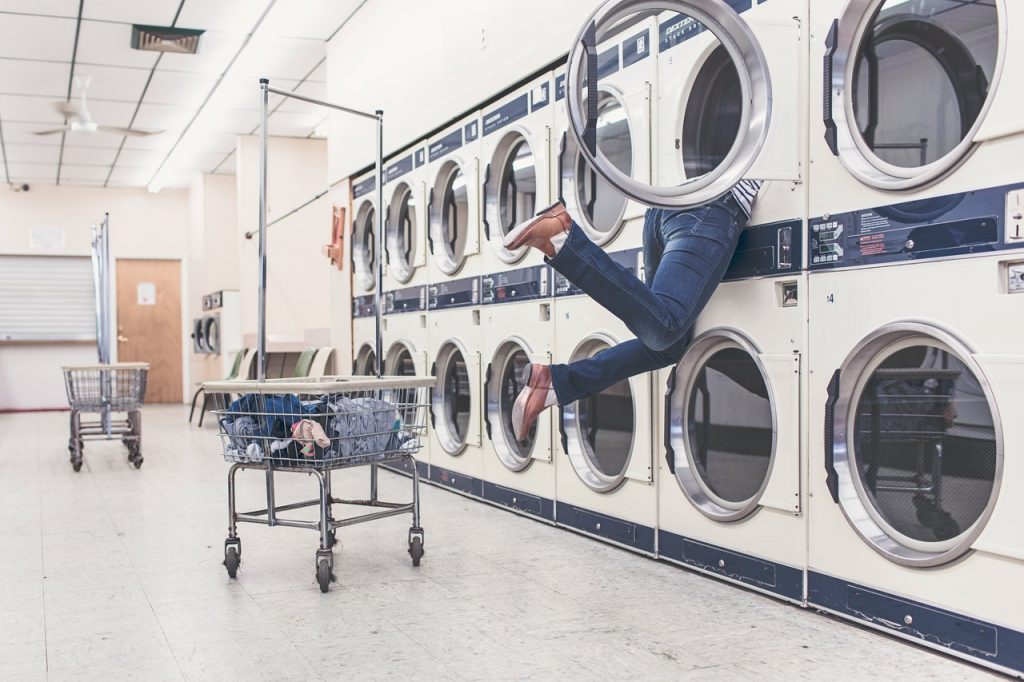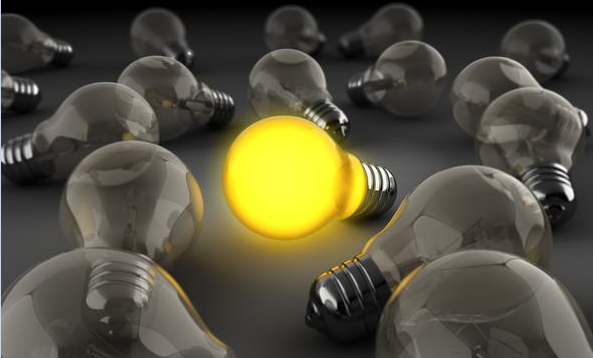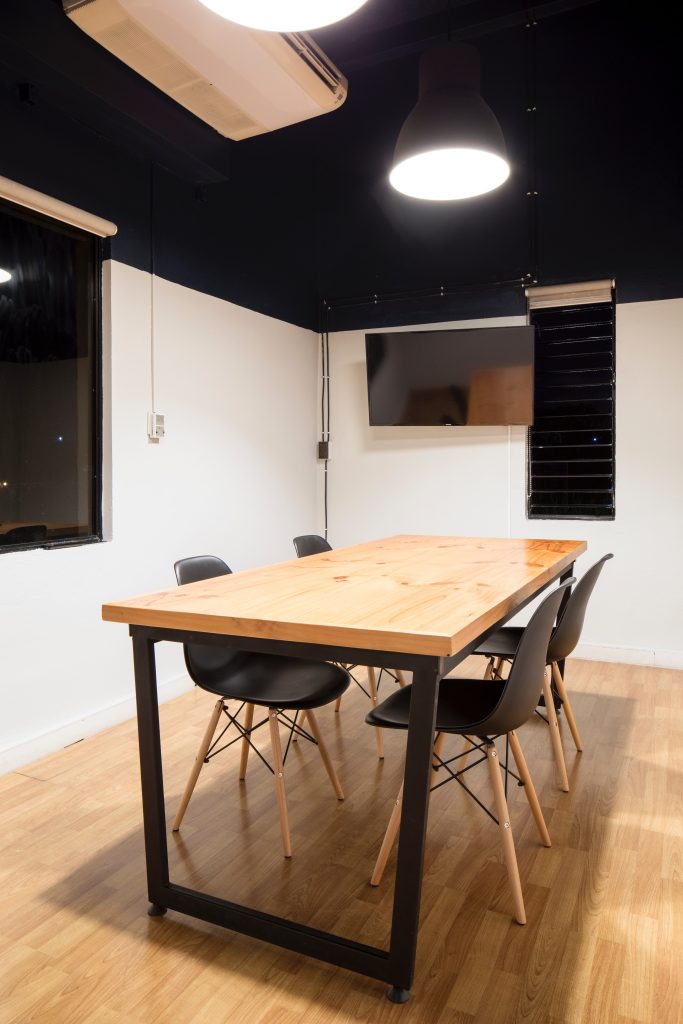In today’s information age, there are many suggestions on energy saving on the Internet. For example, turn off the lights when you leave the room, use solar heating instead of electricity, and look for those with the ENERGY STAR logo when buying new household appliances. Is it enough?
The answer is yes. The reason why similar energy-saving methods continue to be mentioned and promoted in various occasions and channels is that every step you take to save energy can help you save money, while also reducing carbon dioxide and sulfur dioxide emissions. This has played a great role in protecting the environment. EnergyStar lists on its website why each approach is so important and how we can implement them.
A recent survey by the U.S. Environmental Protection Agency shows that if every American simply replaces a light bulb with a more energy-efficient LED light, the country will save about $550 million in energy costs each year. And reduce greenhouse gas emissions by about 45 million tons. The energy saved can provide lighting for 2.5 million homes and 600,000 cars on the road every year.
A single light bulb switch can have such a great effect on the environment, so if you look at it on a global scale, these quick and free changes can make even more remarkable differences. So we should encourage our friends and neighbors to act together, too.
Some Free and Easy Ways to Save Energy
- When leaving the room, please turn off the lights.
why? Because first, as long as the light is on, it consumes electricity. The greater the power, the more electricity it consumes, and the more electricity bills you need to pay. Second, turning on the light will generate heat, which will increase the temperature of the room, and you have to turn on the air conditioner in order to cool down, which consumes more energy.
Operation method: Just like turning off the electric fan when you leave the room, please turn off the light. We are doing this to set an example for the younger generation, that is, energy saving is actually a small effort. Although small, it can play a huge role in the country and the world.
- Close all the shutters in the house before 6 pm.
why? The outdoor temperature is very high during the day when the sun is in direct sunlight. Closing the shutters can block the sunlight from entering, thus keeping the house cool. In winter, the shutters should be opened to allow warm sunlight to enter the room to keep warm.
How to do: Close or open different blinds according to the season to block the sun or let the sun in. In the hot summer morning, we can close the curtains and have breakfast with the family, while in the cold winter we can open the curtains and enjoy a warm breakfast.
- Wash the sheets with cool water.
Reason: 85% of the energy in the hot water used to wash clothes is only used to heat the water, not to wash clothes.
How: Advanced high-efficiency smart washing machines and detergents formulated in cold water are equally effective for cleaning textiles.
- Wrap food and beverages in plastic wrap before putting them in the refrigerator.
Reason: If the food is not wrapped, they will release water, and they will make the compressor work harder to make the refrigerator work properly.
Method: Take a moment to wrap the food in plastic wrap before putting it in the refrigerator. If possible, put the food in a box with a lid. The box can be reused without the need for plastic wrap.
- Unless you really want hot water, always use cold water taps.
Reason: Turning on the hot water shower requires energy to heat the water, because energy (including electricity and gas) is consumed before the water reaches the shower.
Method: Take a shower with cold water, or adjust the water temperature to 38°C, which is slightly higher than the body temperature.
More ways to save electricity
Use natural light whenever possible
East-facing windows can increase the light area of the house by 20 times, which is equivalent to a 50-watt light bulb working four hours a day, saving 8 dollars a year, and the price of a light bulb is only 5 dollars.
Turn on the light when there is a task
For example, in the kitchen, study, or your son’s handicraft room, turn on the ceiling lamp when needed, and use table lamps, track lighting and under-table lamps. It can save you about 8 dollars a year.
Unplug the electronic device when not in use
When televisions, computers, and laptops are not in use, the backup power supply still consumes electricity. This part accounts for about 10% of the annual electricity consumption, and the annual waste of electricity is about $65.
Turn off the air conditioner when going out
When you are away, please turn off the old window air conditioner every day. An air conditioner that runs for 150 days throughout the summer will cost $160 in electricity.
Recycle old microwave ovens
Donate or recycle your old microwave oven. Because as the service life increases, the power consumption of the microwave oven will gradually increase. After using it for more than 3 years, it will cost you $96 more per year.
Manage your home heating system
Please lower the thermostat of the heating system by two degrees Celsius to save 6% of electricity. Lowering it by 5 degrees can save $220 in electricity bills per year.
Dry your clothes naturally
If you do laundry 7 times a week and use a clothesline to dry your clothes in the sun, you can save $130 a year.
Put a dry towel in the dryer
Adding a dry towel to the dryer can speed up the dehydration of the clothes. Generally, we do laundry about 7 times a week, which can save $125 per year.
Improve the freezing efficiency of the refrigerator
Keeping refrigerators and freezers at ideal temperatures can save energy to a large extent. The recommended operating temperature of the refrigerator is between 2°C and 3°C, which can meet the freezing needs of most foods.
Turn off the dry heat function of the dishwasher
The dry heat setting of the dishwasher is very power-hungry, and canceling it can save you $112 in electricity bills per year.




![[Errno 11001] Getaddrinfo Failed [Errno 11001] Getaddrinfo Failed](https://tachyonlight.com/wp-content/plugins/contextual-related-posts/default.png)